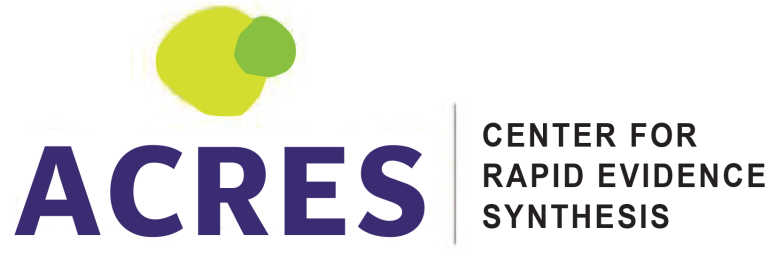What role can the regional tier system play in facilitating health services delivery?
This paper uses the effects of the decentralization policy to approximate the impact of a regional tier system on health services delivery and the health system in general. Although studies have shown that the evidence available is not enough to assess this impact of decentralization, it gives an insight into what a policymaker should […]
What are the different strategies to implement a bilateral government agreement on recruiting professional health workers from Uganda?
Health worker mobility is an inevitable phenomenon that is bound to continue growing with or without it being managed. However, without being managed, migrant workers are faced with difficult situations that they might not be able to manage on their own, and source countries with their health systems lose out on potential benefits. Several […]
Dual employment of health workers: what is it and its impact, why is it present, and what steps the government can take?
Dual practice is a very diverse issue with equally diverse causes. It among other things, causes competition for resources including time and access for patients in the public sector. It is in most cases a personal coping strategy for low earnings and an inadequate working environment. Despite it being proven unsuccessful, prohibition is the […]
What health system strategies have low- and middle-income countries used to improve their maternal outcomes?
Several strategies that other countries have employed to lower maternal mortality and morbidity are presented in this paper. The evidence acts as guidance, as strategies are quite context sensitive and may be used on their own or as a part of an intervention package involving several strategies. Even if they may not be directly […]
What is the evidence for the effectiveness, safety and acceptability of ‘Ready-To-Use Feeds’?
The evidence reviewed suggests that RUTF or RUTAFA as it is referred to in Uganda is a generally effective, safe and acceptable intervention for the treatment and prevention of several forms of malnutrition especially the severe forms.
Can decentralization of health services improve health service delivery in Uganda?
This paper shows that decentralization of health services would and is indeed intended to be helpful in improving health service delivery. Its implementation in different countries and regions has revealed several but similar issues that would need to be taken care of for it to achieve its objectives.
What is the effect of counseling in unwanted pregnancies?
Although there is generally a lack of research evidence in the area, and that found being of a fairly low quality, that available confirms that counselling is an effective strategy in dealing with mothers with an unintended pregnancy. It not only relieves the anxiety at the time of crisis, it helps identify options for […]
How applicable are the 2010 WHO guidelines for infant feeding in the context of HIV in low-income countries like Uganda?
The 2010 WHO principles and recommendations not differing greatly from the previous ones are applicable to low-income countries which hold majority of the HIV infected mothers and infants for who feeding choices in light of their status may be a predicament; the scenarios and conditions considered in these guidelines are a reality in these […]
What is involved in an efficient relationship between the Ministry of Health and teaching hospitals in order for both institutions to effectively meet their objectives?
The ministry of health needs to take direct interest in the activities of teaching hospitals as these are vital for it to meet its main objective of providing quality and sometimes complex health care to the population.
What is the cost of diagnosing a new sputum smear positive TB case in children in low income settings?
The cost of diagnosing a new sputum smear positive TB case in children in low-income settings varies and is HIGHLY dependent on where services are sought; one may incur almost no direct costs while these could be up to an estimated USD 125 for a single paediatric case, basing on the cost of steps […]


